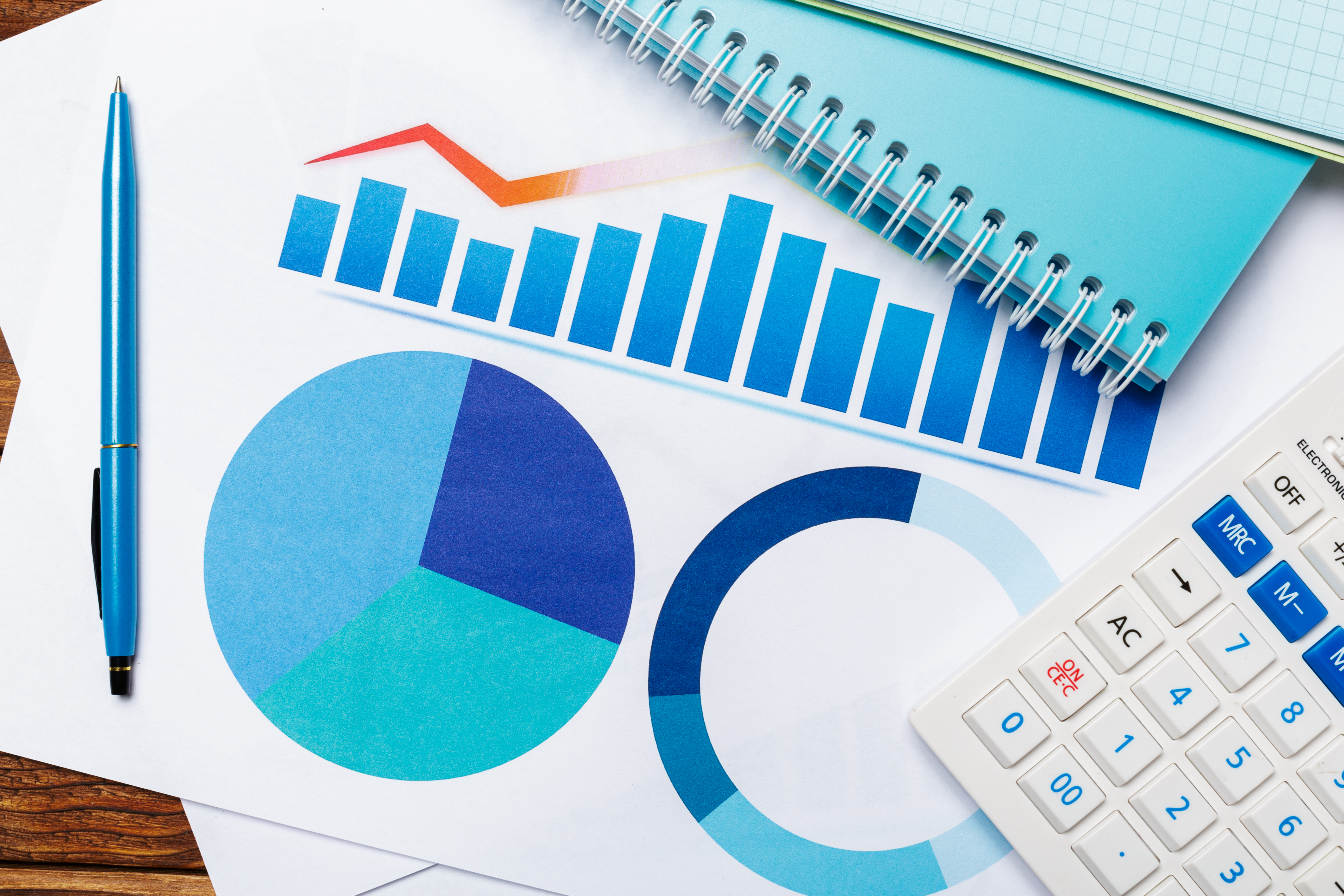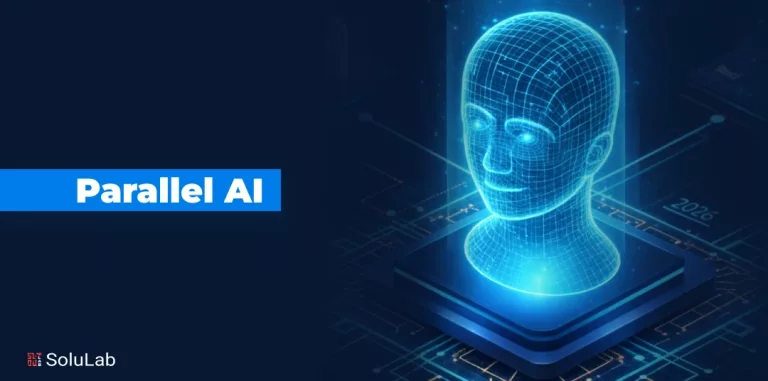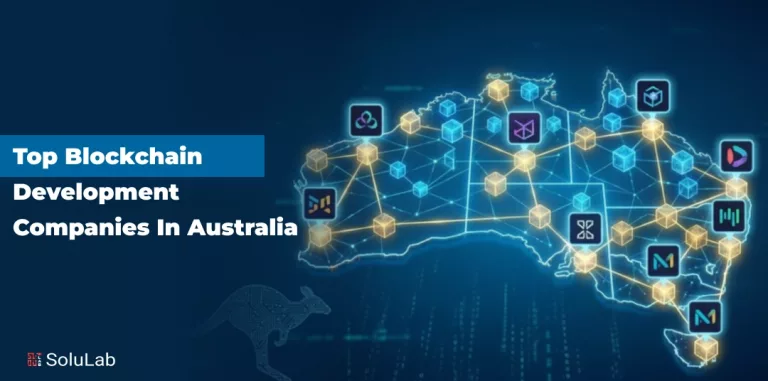
Data Science in Government
- Fraud Detection and Financial Market Analysis
- Health-Related Research
- Government Oversight and Education
- Fighting Crime
- Environmental Protection and Energy Exploration
Today, the government uses data science and its applications to improve its provision of basic services to the masses. Here are the highlights of how the government uses data science.
1. Fraud Detection and Financial Market Analysis
The Federal Housing Authority (FHA) utilizes data science to forecast claim rates, default rates, and repayment rates. They further use collected data to build cash flow models which help to determine the amount of premium in order to maintain positive cash flow.
The Social Security Administration (SSA) uses big data strategy to analyze disability claims and identify suspected fraudulent claims, while the Securities Exchange Commission uses the same strategy to monitor the financial market and identify nefarious trading activities.
2. Health-Related Research
The National Institutes of Health (NIH) introduced an initiative dubbed the Big Data to Knowledge (BD2K) to enhance biomedical research. BD2K also serves to maximize community involvement and to facilitate discovery of new knowledge. It provides the ability to harvest, manipulate, and analyze biomedical big data in order to better understand diseases and human health.
The Food and Drug Administration (FDA) uses big data technologies in a newly-launched Technology Transfer program to break down and understand the patterns of foodborne illnesses. It also uses data science to respond more effectively to contaminated products in the food supply. The Center for Disease Control (CDC) forages through social media to track the spread of illnesses, while the government is funding a project that can detect the early signs of suicidal tendencies from social media behavior.
3. Government Oversight and Education
The U. S. Department of Education is developing learning analytics and data mining systems that can monitor and correct an online student’s study pattern and detect boredom from patterns of key clicks in real time.
The Notice and Comment Project employs natural language processing and advanced analytics to track changes in laws, policies, and regulations so as to update the four million plus government documents that it avails to the public.
4. Fighting Crime
The U. S. Department of Homeland Security (DHS) is among the leading users of data science in the government. The agency uses big data strategies that include interoperability to integrate and compare data from various security agencies in order to predict or identify potential threats to the country.
The CIA-funded Palantir Technologies is responsible for an analytical software that fights terrorism by locating roadside bombs and combats cyber fraud by tracking transactions exhibiting fraudulent-like patterns. All law enforcement agencies have access to the Automated License Plate Recognition (ALPR) that identifies cars owned by people with outstanding warranties. Predictive tech also helps to link particular repeat offenders to particular crimes.
Perhaps the most famous instance when law enforcement used data science was after the Boston Marathon bombing. They utilized Big Data tech to rapidly analyze over 480,000 images and isolate a few based on codes and algorithms written based on the available descriptions of the suspect.
5. Environmental Protection and Energy Exploration
The National Center for Atmospheric Research integrates data and research from universities, utility companies, and interested parties using Big Data strategies to provide more accurate weather forecasts and, consequentially, determine energy production and needs.
The National Aeronautics and Space Administration (NASA) is working in liaison with the U.S. Forest Service to improve an integrated data strategy that predicts ground conditions, the weather, and risks of forest fires.
Despite privacy concerns, the government continues to employ data science in its day-to-day operations. As demonstrated above, with the right balances, data science can do more good than harm. A publication of the Smart Data Collective highlights a report by White House officials charged with the task of evaluating the effects and potential of Big Data which concludes that, “Positive benefits of the technology are (or can be) greater than any new harms.”




